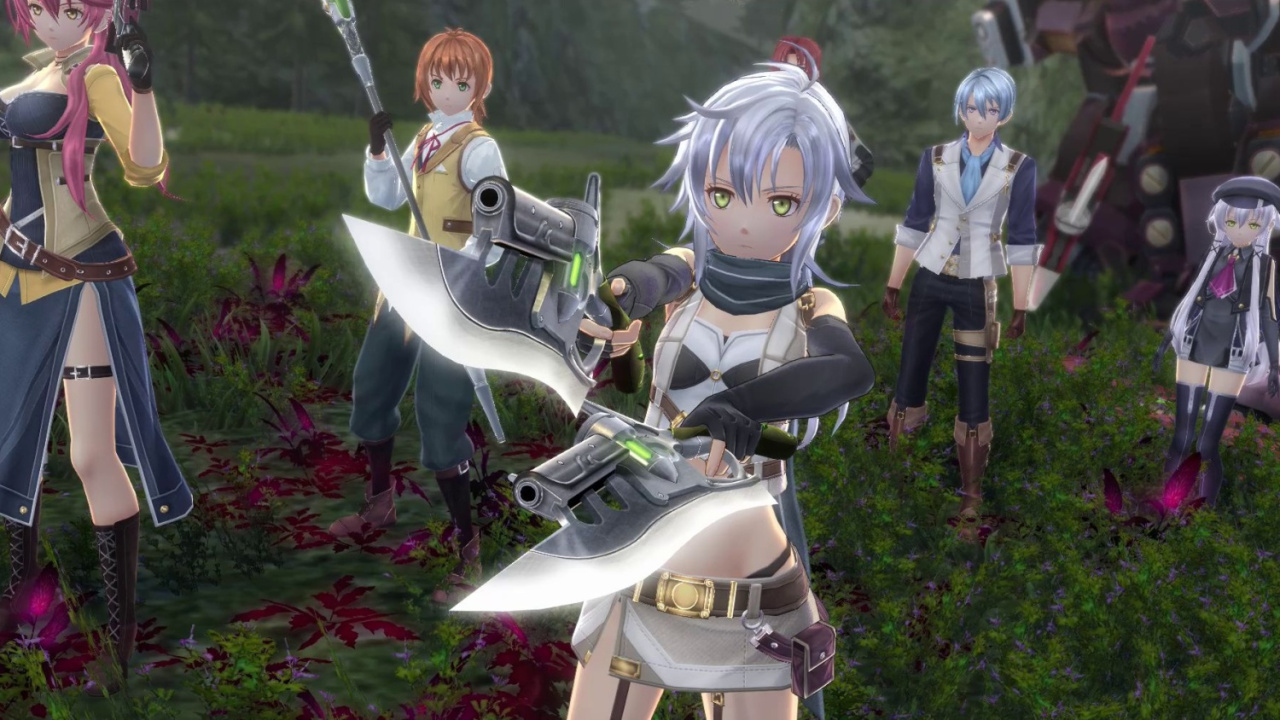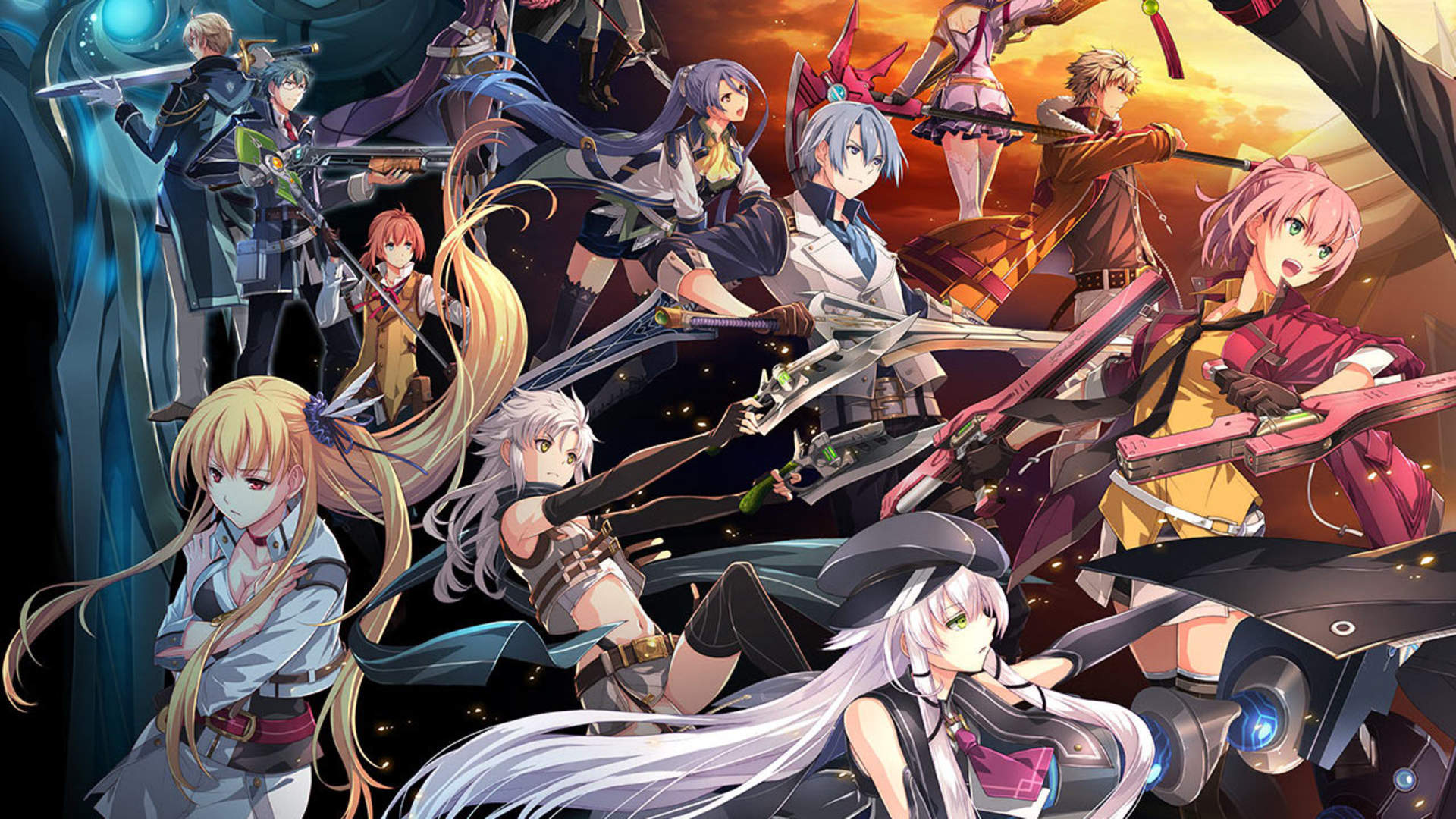


Luckily, you have a notebook that serves as your main information hub. Phew, that is quite a lot of stuff to take in. It’s up to the combined forces of old and new Class VII to save the world and rescue their friends. But at least you get to know Juna, Altina and Kurt now, members of the new Class VII! Play through their short quest to meet even more people (different members of old Class VII) and learn about the terrible events that have set your world onto a course of war and destruction. Both of which you’ll already have used in the quest before. The first information box explains character movement and map to you. Strangely though, after completing the initial quest, you find yourself in a school setting with a different group of people. It’s very different in the beginning, but the various fights during the Prologue offer enough challenge to become familiar with it. It’s simply a lot to take in all at once right in the beginning, especially if you have no prior experience with a battle system like this. Seriously though, the information screens offered by the game are detailed and easy to understand. Which I won’t do as this is a review and not a manual. Pretty deep already, right? And I haven’t even started describing S-Crafts, elemental efficiacy or combat links, weapon types or unbalancing yet. Levelling up your characters will let them learn new crafts, while dishing out damage or receiving it will replenish CP.įinally, you can switch out a character with a reserve combatant during your turn. These are combat skills unique to individual characters. Not confused yet? One more choice would be to use a Craft in exchange for CP, or craft points. Apart from Arts, you can use Brave Orders which offer special buffs for your team. This results in a longer delay before the Art is finally executed. Using an Art on the other hand will not only consume EP, but takes more time to cast.

Moving or attacking for example have a short delay allowing you to act again quickly. Each action of your characters has a different delay which influences when they can act again. Let me explain!Īll fights have a turn order, which is visible on the left side of the screen. It’s a crash course or tour de force as the battle system is both very intricate and demanding if you intend to master it completely. You lead a team of five, all members of the old Class VII apparently, and the main intention of the quest is cramming the basics you need to know about the turn-based battle system into your skull. Here you have to infiltrate a tower and steal information from a computer system. What is going on here and who are all these people?Īfter the introductory scenes, you jump into a Prologue. That’s all very confusing, but still manageable. The latter is suspected of an assassination attempt which left the king of the former in a coma and his son and crown-prince dead. So let’s start playing! Well, that was the plan, but contrary to my expectation, the game starts with roughly thirty-five minutes of various cutscenes in which a rising number of people talk about other people I have never heard of before and a growing conflict between the nations of Erebonia and Calvard. This raises the question if you can enjoy the game without having any idea of what was going on in the previous games. Rather the opposite, the game being reviewed right here is the culmination and final part of an ongoing storyline. I found in my review of The Legend of Heroes: Trails of Cold Steel IV, it is not one of these games. Play one and don’t miss anything storywise, because they are independent games just sharing a common design. The various Dragon Quest games for example attest to that.
THE LEGEND OF HEROES TRAILS OF COLD STEEL 4 SERIES
Sometimes entries in videogame series have no connection to each other. Introducing The Legend of Heroes: Trails of Cold Steel IV Switch Review


 0 kommentar(er)
0 kommentar(er)
